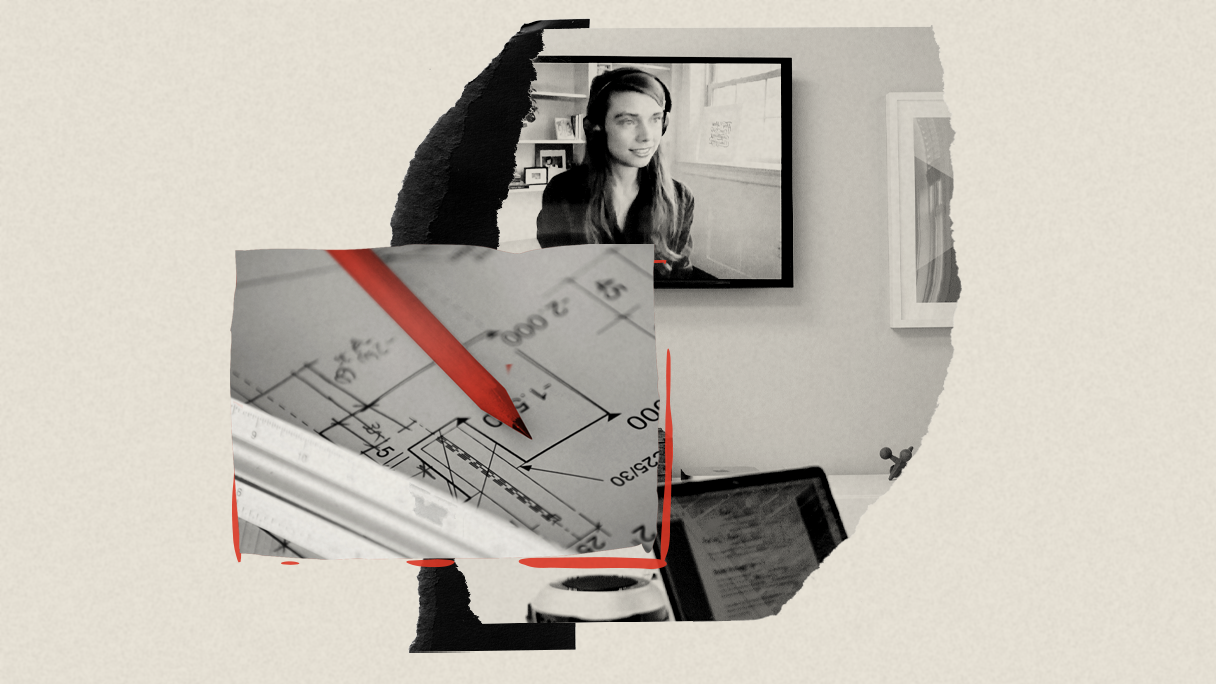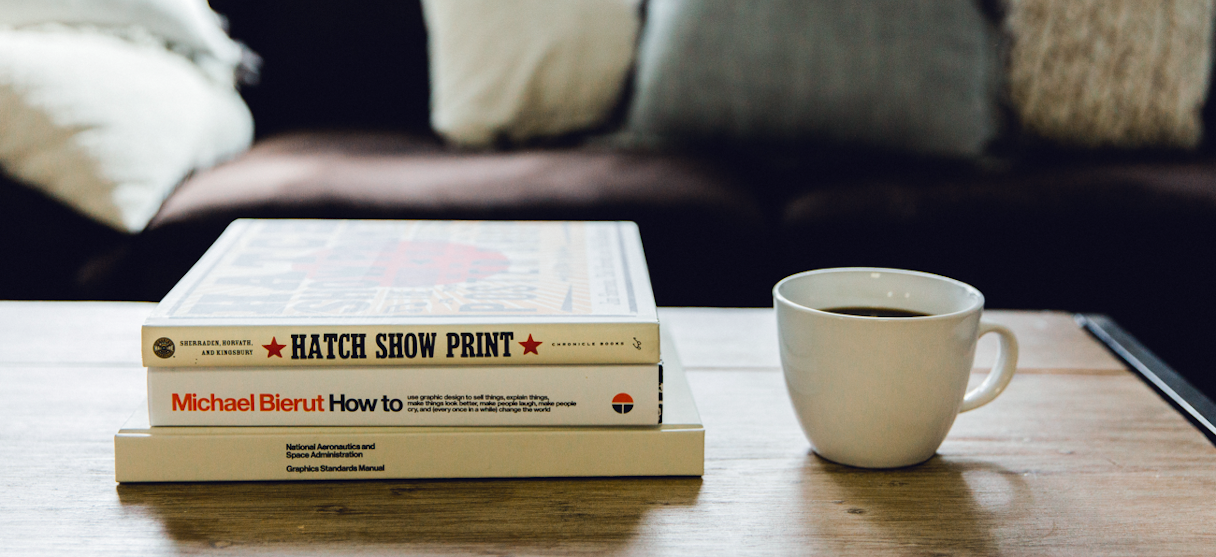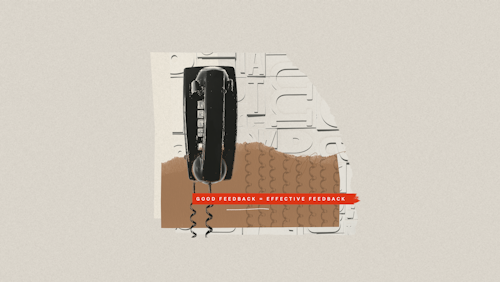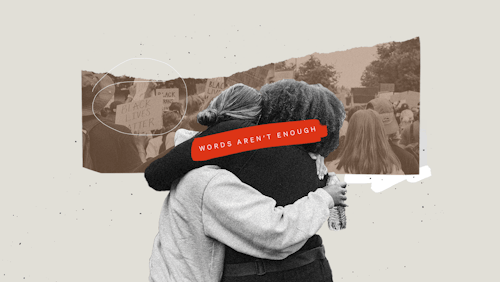
It’s a question that comes up often with new and prospective clients: what exactly is our approach to Brand Strategy? In other words, how is the sausage made?
Research, Evaluation, and Direction encompass the exploration we take to arrive on strategic, solid ground at the start of any branding project. We’re digging, unearthing, gathering, and thinking deeply and objectively in order to make something great for a client’s brand. It’s not enough to just create beautiful work, but work that is beautiful, intentional, and solvent. Are you in?
We want to get to know you, so we ask a lot of questions.
Research
We begin with our Research phase, where we take time to learn as much as we can about a company’s current brand. We want to get to know you, so we ask a lot of questions and spend time listening to clients speak about their brand, reading available internal and external content, and gaining insight into their identity, business, audience, and competition. This takes time (in our process, usually a full week) and heads-down concentration and attention.
We gather any existing and available information, increasing our industry knowledge, familiarizing ourselves with the demographic and behavioral makeup of your audiences, and painting a more complete picture of the life and experience of a brand at all points of entry. Before we make any recommendations in terms of new branding, we must fully understand you as you are. We may even buy you a cup of coffee.

Evaluation
Our strategy work is cumulative, so once we have an aligned understanding based off of Research, we add in Evaluation. First we evaluate a brand’s current visual identity, an important step to identify a baseline of existing brand components. In interactive projects and deep discoveries, this work becomes much larger in scope with UX/UI assessments, brand architecture, content analysis, and more. However, in terms of how we evaluate these visuals for the majority of our branding projects, we assess the current brand’s logo, colors, photography, website, typography, iconography and illustration, and visual language.
This second phase also takes a look at the people and companies that directly influence the nature and state of a company’s brand: their audiences and their competitors. Evaluating these after Research is important because for better or worse, within the audience and competitive landscape is valuable insight into how a brand is currently perceived, and how it can appeal to its target and distinguish itself in its industry.
A brand is intended to wholly resonate and appeal with its end user, first and foremost.
A quick note about audiences: we hold strongly to the belief that no brand is for itself. It’s intended to wholly resonate and appeal with its end user, first and foremost, and it’s important to us to spend some dedicated time thinking only about these individuals. We ask questions around their motives, needs, and pain points in order to consider the ways in which a brand is uniquely positioned to be their solution.
An evaluation of the client’s direct and broader competitive landscapes speaks to how other companies may be falling in line or stepping out from the group in terms of visual identity. Sometimes paradigms are important to an industry, and they should be kept; but sometimes, this work reveals sources of untapped opportunity for an ownable identity that immediately distinguishes itself from its surroundings. From here, we’re able to provide really solid takeaways on paths for exploration for our third phase of the Brand Strategy process.
Direction
Research and Evaluation answer who we are today, where opportunities lie, and lays a foundation to set out on what’s next for the brand. These two phases have informed our current state so we can see opportunities and make recommendations for the future. Our third phase, Direction, manifests as the intended course for the work that’s yet to be created.
As the striving goal of nearly every brand is to feel relevant and compelling, while also looking unique and different, we are charged with revealing tangible, ownable ways to engage with those goals through concise, purposeful recommendations. Our strategic direction is developed to restate, clarify, and outline the directives for a creative project. It frames our lens and carries the torch through to the next phase of branding, wherein every piece of brand identity work can reference strategy as its North Star. The linear workflow of Brand Strategy allows us to apply the deep work from Research and Evaluation and see what’s been building all along the way.
Our Direction concludes with a company’s Statement of Intent - a formally written declaration for your brand. The Statement of Intent asserts our beliefs in a brand’s ambitions, its unique qualifications, some visual directives, a distinct personality, and a vision of how to succeed. The strategic direction acts as a collaborative game plan and remains an active guide and ally for the duration of our work, standing tall and shouting from the rooftops.

The strategic direction acts as a collaborative game plan and remains an active guide and ally for the duration of our work, standing tall and shouting from the rooftops.
All Together Now
I love analogies, so let’s wrap things up by answering the original question: how does the sausage get made? In short, Brand Strategy is the not-so-glamorous work that gets the team ready for the meal. Our Brand Strategy phases of Research, Evaluation, and Direction create a fulfilling, guided process that results in some of the most satisfying, challenging work.
We’re continually refining our process, but as a whole team, clients and Focus Lab have found that it’s worth the extra few weeks of time spent in strategy. It can also feel pretty empowering to arrive at a direction full of possibility, untapped potential, and opportunities waiting to be captured.

